Everyone has a cherished childhood memory or a treasured item that brings them comfort and joy, often serving as a gateway to their past. Nostalgic decor insights delve into how these meaningful moments and items can transform living spaces, creating environments that resonate deeply with our emotions and history. This guide explores the art of incorporating nostalgia into design, offering practical advice on mastering the 2/3 rule, achieving a 70/30 design balance, and understanding the emotional appeal of nostalgia. By examining the different types of nostalgia and their impact on design, this article provides valuable insights into how to seamlessly integrate nostalgic elements into modern spaces, ensuring that your home or workspace becomes a sanctuary of comfort and personal history. From real-life case studies to future trends, this exploration of nostalgic decor will leave you inspired to embrace the beauty of the past while blending it harmoniously with contemporary aesthetics.
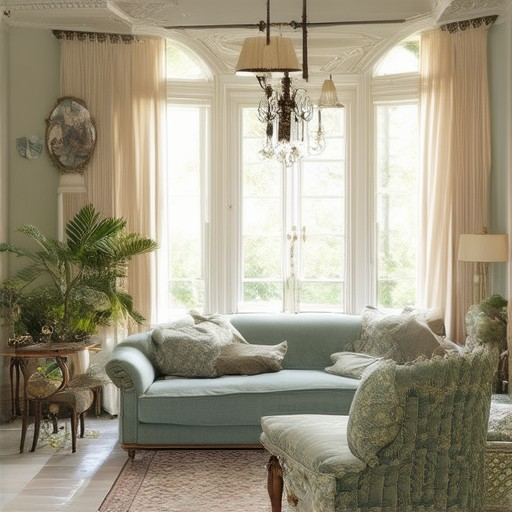
Nostalgic Decor
Nostalgic decor refers to interior design styles that evoke a sense of nostalgia, often drawing inspiration from past decades such as the 1950s, 1960s, and 1970s. This type of decor is characterized by its focus on the charm and aesthetics of earlier eras, blending retro elements with modern sensibilities to create timeless spaces.
Key Characteristics of Nostalgic Decor
- Mid-Century Modern Influence : Nostalgic decor often incorporates elements from the mid-century modern movement, which emerged in the 1950s. This style is known for its clean lines, minimalist furniture, and functional design.
- Bohemian Vibes : The 1970s brought a bohemian influence to decor, with patterns, colors, and textures that reflect a free-spirited, hippie-inspired aesthetic. This can be seen in floral wallpaper, tapestries, and unconventional furniture designs.
- Vintage Finds : Nostalgic decor frequently features vintage items, such as antique furniture, retro appliances, and collectible artifacts. These pieces often have a story behind them, adding to the sentimental value of the space.
- Color Palette : Nostalgic color palettes typically include warm, earthy tones like mustard yellow, deep browns, and muted greens. These colors create a cozy, inviting atmosphere that feels familiar yet unique.
- Textural Elements : Textures play a significant role in nostalgic decor, with materials like woven fabrics, wood grains, and metallic accents adding depth and dimension to a room.
Popular Nostalgic Decor Elements
- Retro Lighting : Sputnik chandeliers, floor lamps, and table lamps from the mid-century era are popular choices.
- Furniture : Iconic designs like Eames chairs, Danish modern sofas, and custom-built cabinets.
- Art and Decorations : Abstract art, vintage photographs, and geometric wall hangings.
- Patterns and Wallcoverings : Floral wallpaper, geometric tile patterns, and retro-inspired fabric curtains.
How to Incorporate Nostalgic Decor into Modern Spaces
- Mixing Eras : Combine nostalgic elements with contemporary furnishings to create a balanced look. For example, pair a vintage leather sofa with a minimalist coffee table.
- Color Coordination : Use a palette that complements both retro and modern pieces. Neutral tones like beige and gray work well as a base, allowing bold, vibrant accents to stand out.
- Layering Textures : Add layers of texture through throws, rugs, and decorative pillows to enhance the sensory experience of the space.
- Personal Touch : Personalize the space by incorporating personal heirlooms or family photos, giving the room a lived-in, nostalgic feel.
The Resurgence of Retro Styles
Today, nostalgic decor has experienced a significant resurgence due to its ability to tap into the collective memory of earlier times. Designers and homeowners alike are drawn to its unique combination of familiarity and uniqueness, making it a versatile choice for various architectural styles, from traditional homes to modern lofts.
By embracing nostalgic decor, you can create a space that feels both comforting and inspiring, bridging the gap between the past and present.
The 2/3 Rule in Decorating
The 2/3 rule in decorating is a simple yet effective guideline that helps create balanced and visually appealing spaces. Here’s how it works:
- Color Scheme:** Use two-thirds of your color palette for dominant colors and one-third for accent colors. This creates a harmonious balance without overwhelming the senses.
- Furniture Placement:** Arrange your furniture so that it occupies approximately two-thirds of the room, leaving one-third of the space empty. This ensures comfort and allows for easy movement while maintaining a clean look.
- Accessories:** Decorate two-thirds of your surfaces with meaningful items like artwork, photos, or trinkets, leaving one-third bare for a minimalist touch.
This rule is particularly useful in small spaces, ensuring that the room feels spacious and well-organized without appearing cluttered. By applying the 2/3 rule, decorators can achieve a sense of order and symmetry that enhances both functionality and aesthetic appeal.

What is the 70/30 Rule in Interior Design?
The 70/30 rule is a simple yet effective guideline used in interior design to create balanced and functional spaces. This ratio suggests dedicating approximately 70% of your space to functional zones and 30% to decorative elements.
This approach helps designers and homeowners achieve harmony in a room by prioritizing practicality while allowing for aesthetic appeal. Here’s a breakdown of how it works:
- 70% Functional Zones: Allocate most of your space to areas that serve a purpose, such as seating, dining, or storage. This ensures the room is functional and livable.
- 30% Decorative Elements: Reserve the remaining portion for visual interest, such as artwork, lighting fixtures, or decorative furniture. This adds personality to the space.
To maximize the impact of this rule, consider these tips:
- Seating Areas:** Dedicate significant space to comfortable seating arrangements, ensuring they are arranged in a way that facilitates social interaction.
- Storage Solutions:** Use built-in shelves or cabinets to optimize space for clutter-free living, fitting within the 70% functional zone.
- Wall Treatments:** Incorporate statement wallpaper or paint colors that tie into the overall decor theme, utilizing the 30% decorative allocation effectively.
- Flooring and Textiles:** Select materials that contribute to both comfort and style, balancing functionality with aesthetics.
By applying the 70/30 rule thoughtfully, you can create interiors that are both practical and visually appealing, catering to both form and function.
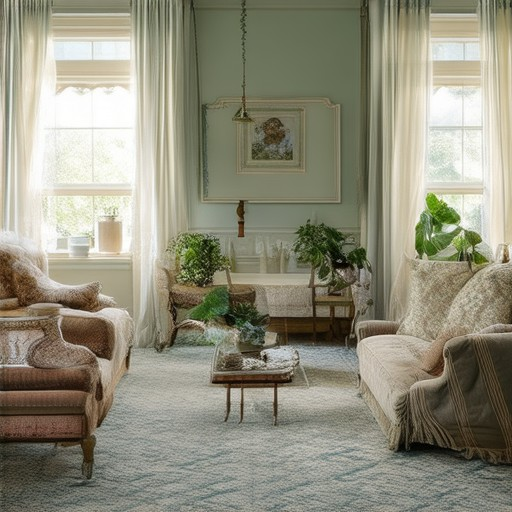
Nostalgia in Design
Nostalgia in design refers to the intentional use of elements or themes that evoke feelings of nostalgia, often tied to a particular time, place, or cultural era. This approach resonates emotionally with audiences, creating a sense of familiarity and warmth. Nostalgia can be a powerful tool in design, allowing creators to connect deeply with their audience by tapping into shared memories or idealized pasts.
Emotional Impact of Nostalgia in Design
Nostalgia in design appeals to the emotional side of human nature, often triggering positive feelings associated with safety, comfort, and belonging. By invoking memories of simpler times or cherished experiences, designers can create a sense of connection and trust with their audience. This emotional resonance can lead to stronger brand loyalty and more meaningful consumer interactions.
Applications of Nostalgia in Design
- Branding : Many brands leverage nostalgia to establish a connection with their audience. For example, retro-inspired logos or packaging designs can evoke a sense of nostalgia, making products feel timeless and reliable.
- Typography : The use of classic fonts or lettering styles can instantly trigger feelings of nostalgia. Fonts like “Times New Roman” or hand-drawn typography often carry a sense of tradition and reliability.
- Color Schemes : Soft, muted tones or vibrant, nostalgic colors (like those from the 70s or 80s) can create a warm, inviting atmosphere that feels familiar and comforting.
- Patterns and Textures : Replicating textures or patterns from past eras, such as vintage wallpaper or woven fabrics, can add a layer of nostalgia to a design, making it feel rich and well-crafted.
- Photography and Imagery : Using imagery that reflects past decades, such as old photographs or film-style visuals, can transport viewers to a different time, evoking strong emotional responses.
Examples of Nostalgia in Design
One prominent example of nostalgia in design is the rise of retro sales platforms. These platforms specialize in vintage goods, celebrating the charm of yesteryear. They curate collections of unique items and share stories that highlight the beauty of the past, fostering a community that values nostalgia. Platforms like Retro Sales offer a marketplace for vintage finds and a wealth of content about retro culture, making nostalgia a central theme in their design and branding strategy.
By thoughtfully incorporating nostalgia into design, creators can create experiences that resonate on a deeper level, leading to more engaged and satisfied audiences. Whether through branding, typography, or imagery, nostalgia serves as a powerful tool for connecting with the emotional aspects of human experience.
Why is Nostalgia So Appealing?
Nostalgia is appealing because it evokes positive emotions, enhances mood, and serves as a tool for managing stress. It allows individuals to escape from their current reality and reconnect with positive memories, providing comfort and a sense of stability.
- Comfort and Escapism: Nostalgia offers a mental escape from stressful or challenging situations, allowing people to revisit happier times and find solace.
- Mood Enhancement: Thinking about positive memories can lead to feelings of joy and happiness, temporarily alleviating negative emotions.
- Stress Relief: Reminiscing about the past can reduce stress and anxiety by creating a sense of control and stability.
- Cultural and Personal Connection: Nostalgia strengthens ties to cultural roots and personal identity, deepening relationships and fostering a sense of belonging.
Nostalgia also plays a role in reinforcing personal growth by highlighting achievements and changes over time. While it can be beneficial, it’s essential to balance nostalgia with present-focused activities to fully embrace life’s opportunities.
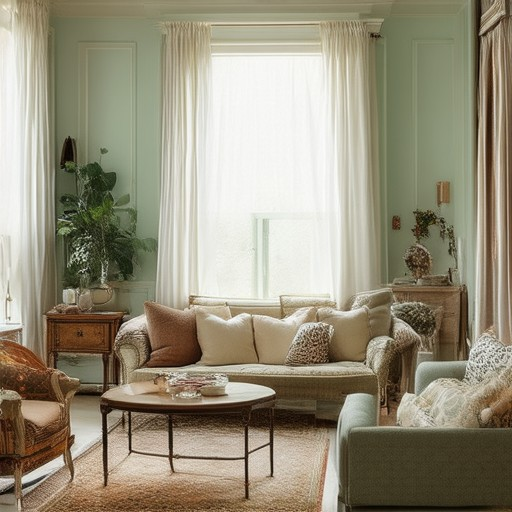
Nostalgia Explained
The concept of nostalgia encompasses a complex emotional and psychological connection to the past. It can manifest in various forms, each serving distinct purposes and evoking different emotions. Below are the three primary types of nostalgia:
1. Emotional Nostalgia
Emotional nostalgia refers to the longing or yearning for a particular time in one’s life. This type often centers around personal experiences, such as childhood memories, first loves, or significant life events. It can be triggered by sensory cues, such as smells, sounds, or sights that remind one of a past moment. Emotional nostalgia is deeply personal and can evoke a range of feelings, from sadness to comfort, depending on the individual’s perspective.
2. Cultural Nostalgia
Cultural nostalgia involves a fascination with the traditions, values, and artifacts of a particular era or society. It often arises from a sense of loss regarding the disappearance of historical practices or the decline of traditional customs. Cultural nostalgia can be seen in the resurgence of vintage styles, the restoration of historic buildings, or the renewed interest in ancient philosophies. It reflects a desire to reconnect with the roots of one’s identity and preserve cultural heritage.
3. Historical Nostalgia
Historical nostalgia refers to a romanticized view of the past, often idealized beyond its actual reality. This type of nostalgia can be influenced by literature, media, or historical narratives that portray earlier times as simpler, more idyllic, or more authentic. Historical nostalgia can lead to a longing for a bygone era, sometimes leading to efforts to recreate or preserve aspects of the past, such as architectural styles or traditional crafts.
- Understanding these types of nostalgia can help individuals better appreciate their emotional connections to the past.
- Nostalgia can serve as a powerful tool for storytelling and creating meaningful experiences, whether personal or cultural.
- Evolving perspectives on nostalgia highlight its dual nature—as both a source of comfort and a marker of progress.
For more insights into the impact of nostalgia, explore our curated collection of articles and explore the fascinating stories behind retro culture and vintage trends.
Explore Retro Sales
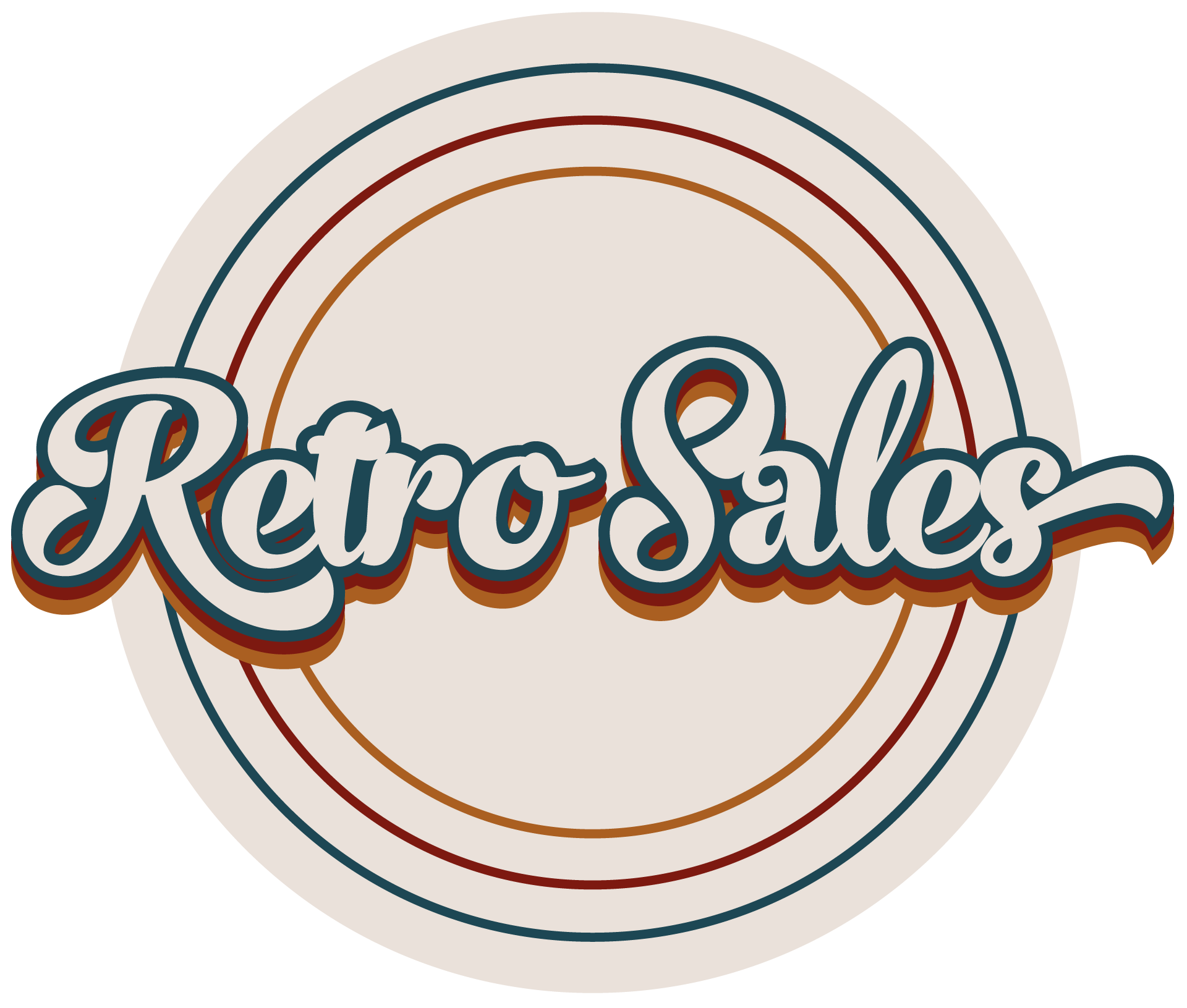
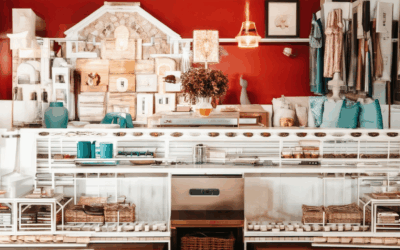

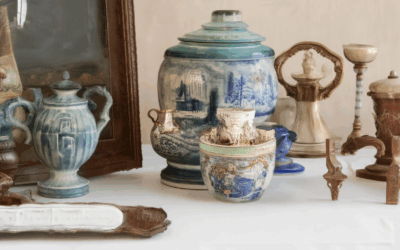
0 Comments